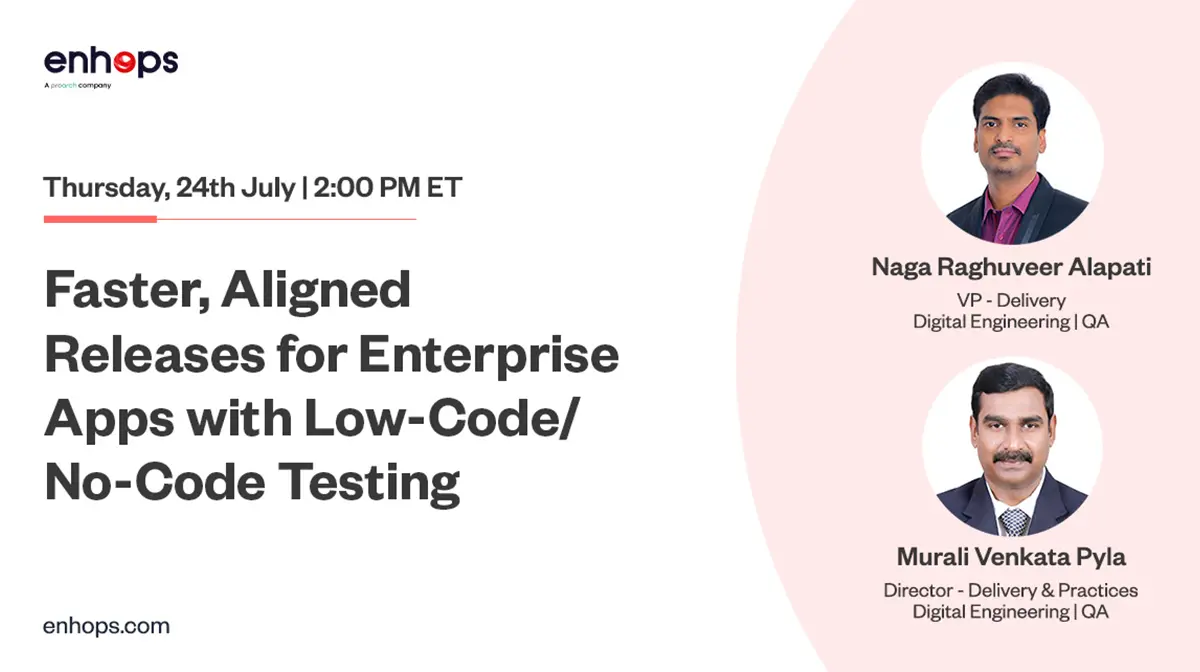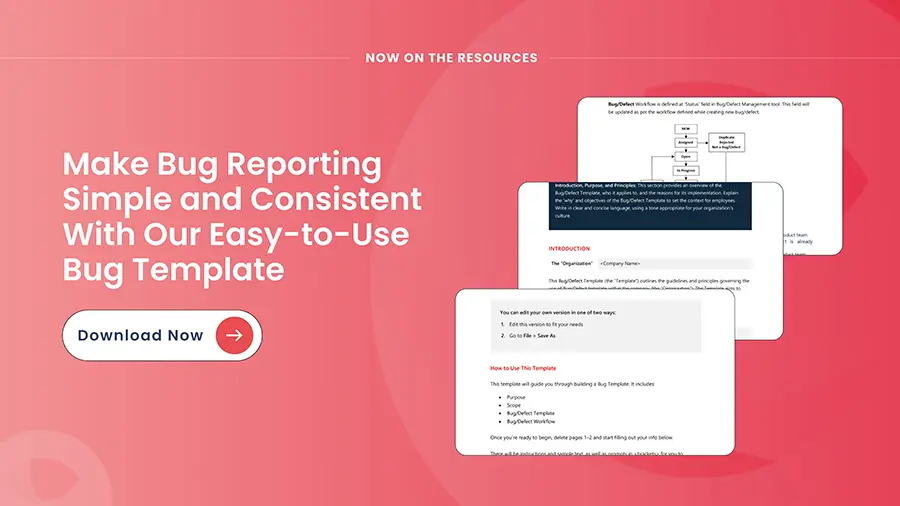In today’s fast-moving digital era, many organisations invest heavily in developing, modernising or implementing new software applications only to realise they’re not maximising the return on these transformation programs. One key reason? Too often the assumption is: “Build it and they will come,” without embedding holistic software quality assurance (QA) and quality engineering across the enterprise.
As a CIO or technology leader, your role is evolving—not just to deliver applications on time, but to ensure those applications deliver business value, reduce risk and drive competitive advantage. To do that, QA cannot remain a back-office item—it must enter the boardroom.
In this article, we’ll help you frame the QA conversation for your board and C-suite. We’ll break down five strategic discussion points you should bring to the table, with actionable metrics, language and next-steps.
Track your Test Automation Maturity levels
Why it matters?
Test automation is more than just scripting. It is the foundation of modern quality engineering: maintaining test data, executing tests end-to-end, analysing reports and enabling fast, reliable releases. Your board needs visibility of how mature this capability is.
Key signals to communicate:
- Test coverage ratio (what % of your critical application functionality is automatable)
- Automation pass rate, script effectiveness & maintainability
- Build stability and automation execution time
- Automation pyramid (unit vs integration vs UI-end-to-end)
- Use of advanced practices such as generative AI/ML for test case generation in the highest maturity stage
Boardroom language tip:
“Currently our test automation maturity is at Level X (e.g., reactive/ad-hoc). Our target is Level Y (e.g., fully integrated within DevOps with AI-enabled test-case generation) by Q4 2026. This increases release velocity by X% and reduces regression-defects by Y%.”
Why the board should care:
Automation maturity = faster time-to-market, fewer costly defects, less resource overhead, more predictable releases.
Monitor Business Impact of Quality
Why it matters?
The World Quality Report published every year suggests that Quality Assurance contributes to overall business growth and customer satisfaction. Organizations every year are increasing their investments to ensure that their Agile and DevOps programs are becoming mainstream with more focus on releasing high-quality digital applications.
Metrics to prepare for the board:
The right way to monitor and communicate business impact of quality assurance programs are to prepare extensive and related dashboards. These dashboards must communicate how test automation, shift-left, DevTestOps, and other practices are contributing to better releases. These executive dashboards must display business metrics, such as increased customer satisfaction, reduced costs, or improved security. This will help in understanding the real-world impact of testing.
Dashboard tip:
Create an executive-level dashboard for the board: show KPIs with clear business translations (“X fewer incidents = $Y in cost savings”; “Release cadence improved from 6 to 3 weeks = Z incremental revenue”).
Boardroom language tip:
“By improving our QA process and shifting more testing left, we expect a 20% reduction in production defects, which historically cost us on average $1.2 M/year in incident responses.”
Why the board should care:
It translates QA from a cost line to a business metric — linking quality to growth, risk-mitigation and customer trust.
Pave the way to a robust quality engineering strategy with Enhops recommendations!
Your role: As CIO/tech leader you need to lead a strategic initiative across the organisation.
Strategic levers to discuss:
- Establishing a Software Testing Centre of Excellence (CoE) to standardise best practices, governance, metrics, tooling.
- Leveraging AI/ML models to enable autonomous quality engineering (e.g., self-healing tests, predictive defect analysis)
- Outsourcing or co-sourcing QA to gain agility and access to niche skills (especially important in disrupted tech environment)
Boardroom language tip:
“We propose to set up a Quality Engineering CoE with charter: define standards, measure maturity, drive automation roadmap. We’ll invest $X in FY2026 and expect ROI via Y% improvement in release effectiveness.”
Why the board should care:
It shows you’re not simply executing projects — you’re building sustainable capability and resilience.
Balance Speed and Quality: The Transformation Imperative
The challenge: Many organisations feel the pressure of digital transformation and may sacrifice quality for speed (or vice versa). The board must understand the trade-offs and support the proper balance.
Discussion points:
- Frequent releases are good, but they must not come at the cost of defects or technical debt
- QA should be seen as an accelerator — not a bottleneck
- Emphasise “shift-left” testing, DevTestOps integration, and continuous feedback loops
Boardroom language tip:
“Our digital transformation roadmap emphasises both velocity and quality. We target reducing defects by 30% while increasing release frequency by 50% within 12 months.”
Why the board should care:
Faster time-to-market + high-quality releases = competitive differentiation, better customer retention and less remediation spend.
Bring it Into the Boardroom — Key Questions to Ask
Use this checklist with your board to keep the discussion focused and strategic:
- What is our current test automation maturity level? How does it compare with industry benchmarks?
- How is QA contributing to business KPIs (customer satisfaction, cost reduction, speed to market)?
- Do we have a clear roadmap and investment plan for quality engineering capability?
- Are we balancing speed and quality effectively in our software delivery lifecycle?
- How are emerging technologies (AI/ML) being leveraged in our QA strategy?
- Is there sufficient visibility and governance of QA across all digital programmes?
Conclusion
QA is no longer a “nice-to-have” or purely technical concern — it is a strategic imperator for digital business success. As a CIO or tech-leader you must bring QA into the boardroom, align it with business outcomes, and equip your organisation with the maturity, metrics and tools to win.
Enhops helps multiple fortune 500 and 1000 organizations in streamlining their quality assurance and testing practices. Reach out to us at marketing@enhops.com.




